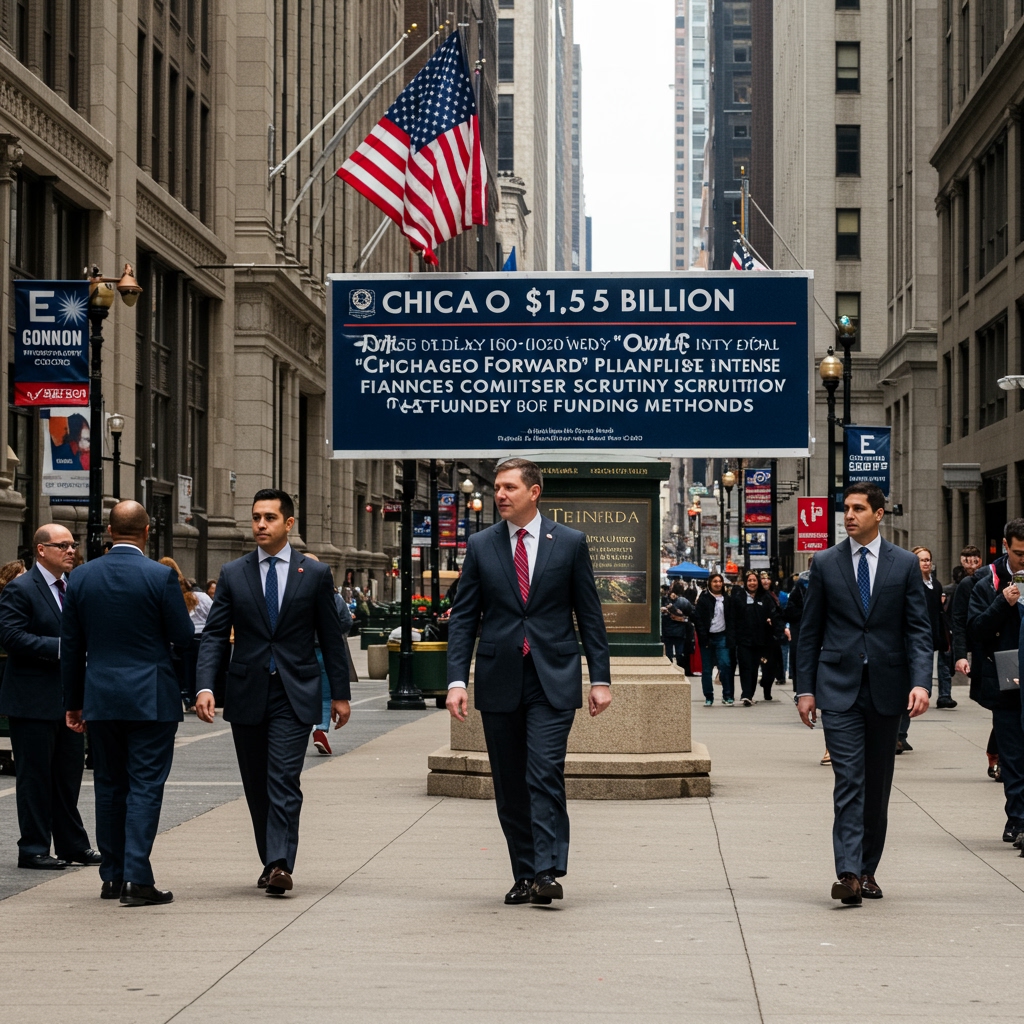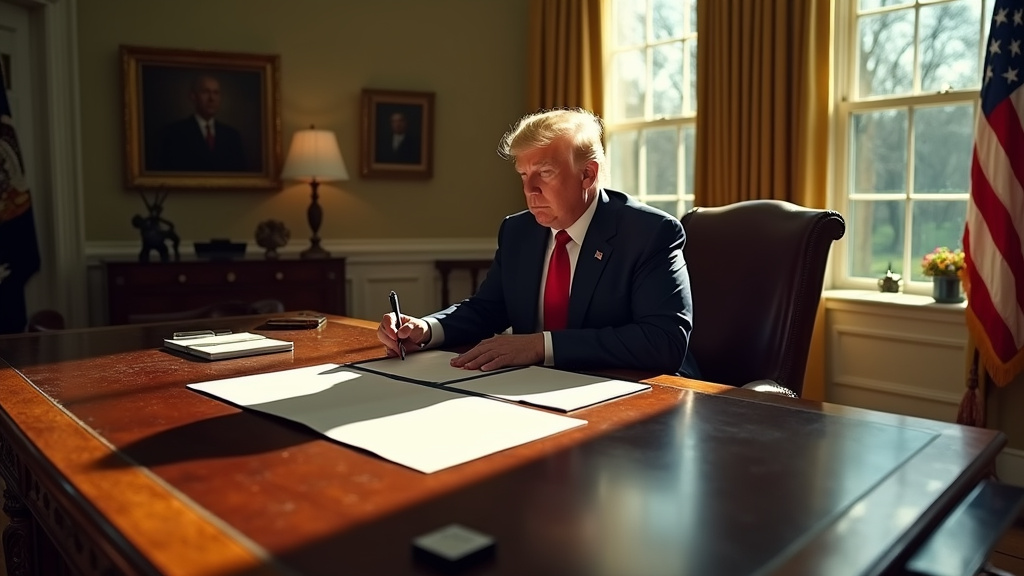CHICAGO, IL – A comprehensive report, commissioned by the City of Chicago’s Office of Public Safety and publicly released on June 5, 2025, has cast a critical eye upon the performance of the multi-million dollar “Safer Streets Initiative.” The findings present a complex picture, indicating significant positive impacts in specific, targeted areas while demonstrating only marginal gains when viewed through a citywide lens. This divergence in outcomes has immediately ignited debate among city leaders and community stakeholders, placing pressure on Mayor Johnson’s administration to undertake a thorough re-evaluation of the program’s foundational structure, its funding mechanisms, and its overarching implementation strategy.
The “Safer Streets Initiative,” a cornerstone program aimed at mitigating violent crime across Chicago, represents a substantial public investment. Its design included the designation of initial pilot zones where resources and specific strategies were heavily concentrated. According to the June 5th report, these pilot zones have indeed experienced a notable decrease in violent crime. This localized success offers a degree of validation for the initiative’s core principles and tactical deployments when applied with intensity in defined areas.
However, the report delivers a more subdued assessment regarding the program’s broader impact. Citywide data, comparing the initiative’s period of operation to prior years, shows only marginal improvement in overall crime statistics. This suggests that the positive effects observed in the pilot zones have not translated effectively or equitably across Chicago’s diverse neighborhoods. The disparity raises critical questions about the program’s scalability, its capacity to address the unique challenges of different communities, and the efficiency of resource allocation beyond the initial focus areas.
The release of these findings has prompted swift and vocal reactions. Aldermanic leadership, representing wards across the city, has expressed concern over the report’s implications, particularly the limited citywide progress despite the considerable investment. Many aldermen are highlighting the continued public safety challenges faced by their constituents outside the pilot zones and are demanding accountability and strategic adjustments.
Similarly, community groups active in various neighborhoods have weighed in, often echoing the report’s findings regarding unequal impact. These groups, frequently on the front lines of public safety efforts, are urging Mayor Johnson’s administration to take the report’s conclusions seriously. Their calls center on a critical re-evaluation, specifically pushing for a deeper look into the program’s funding structure to ensure resources are deployed effectively and equitably, and demanding a reassessment of the implementation strategy to better tailor approaches to the specific needs of different community areas.
The report’s timing is particularly significant as the city approaches its annual budget deliberations. Discussion surrounding potential policy shifts related to the “Safer Streets Initiative” is now highly anticipated to become a central component of these upcoming fiscal talks. The core focus of these discussions is expected to be twofold: first, addressing the issue of scalability – how to replicate the success seen in pilot zones across a much larger, more complex urban landscape; and second, confronting the disparities in outcomes and working towards strategies that can foster more equitable improvements in public safety across all of Chicago’s varied neighborhoods.
The mixed results presented in the report underscore the inherent challenges in implementing large-scale public safety initiatives in a major metropolitan area. While targeted interventions can yield positive results in concentrated areas, achieving widespread, equitable success requires strategies that are adaptable, adequately resourced across the board, and responsive to the distinct social and economic factors at play in different parts of the city. The report serves as a crucial data point, forcing a necessary conversation about the future direction of the “Safer Streets Initiative” and Chicago’s overall approach to crime reduction.
The path forward will likely involve difficult decisions regarding funding priorities, program design modifications, and enhanced collaboration between city government, law enforcement, and community organizations. The pressure on Mayor Johnson’s administration is significant, as they must navigate the political landscape shaped by the report’s findings while striving to develop and implement strategies that can deliver more consistent and equitable safety improvements for all Chicago residents. The upcoming budget deliberations will provide the platform for these critical discussions, potentially leading to significant adjustments in how the city invests in and pursues its public safety goals.















